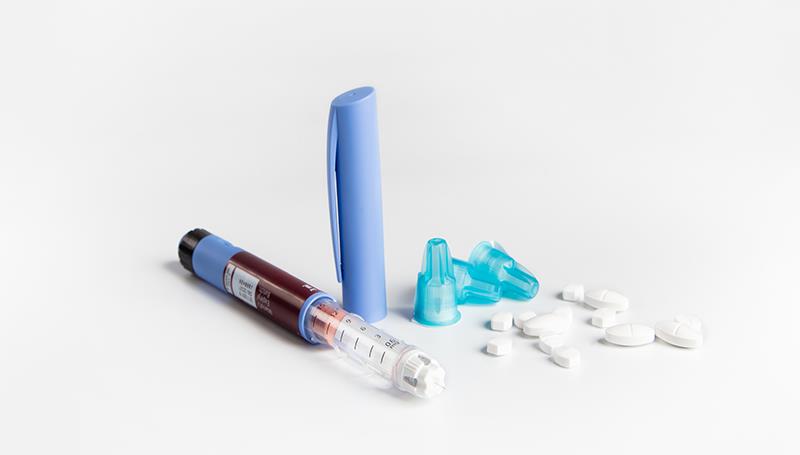Is it unsafe to use GLP-1 RAs in early pregnancy?





Exposure to GLP-1 receptor agonist (RA) treatment during early pregnancy does not appear to increase the risk of complications in pregnant women, as shown in a study presented at ESHRE 2024.
“Periconceptional exposure to GLP-1 RA had no association with pregnancy complications when compared to a control group with balanced covariates,” said lead author Dr Kathrine Hviid from the Department of Gynecology and Obstetrics, Copenhagen University Hospital, Hvidovre, Denmark.
In a total of 522,209 pregnant women assessed in this study, 93 had been exposed to liraglutide in early pregnancy. Women with periconceptional exposure to GLP-1 RA tended to be older, have a higher BMI (on average 40-percent higher), and were more likely to have diabetes (type 1 or 2) than those with no exposure who gave birth in the same period. [ESHRE 2024, abstract P-779]
Exposure to liraglutide showed an association with an elevated risk of obstetric complications, pre-eclampsia, gestational diabetes, and preterm birth. Birthweight was not affected, but women exposed to this drug had a higher likelihood of having a large-for-gestational-age (LGA) child (p<0.01).
However, in propensity score matching, women with periconceptional exposure to GLP-1 RA did not show an increased risk of pregnancy complications (p>0.1).
“This indicates that liraglutide, in itself, is not driving the increased risk, but the indication for a GLP-1 RA prescription (eg, diabetes or obesity) is the causal factor,” Hviid said. “The finding did not depend on the choice of method for propensity score matching.”
This nationwide observational cohort study identified pregnancies between October 2009 and June 2019 using data from health and socioeconomic registries at Statistics Denmark: National Prescription Register, National Patient Register, Birth Register, Residential Register, and the National Diabetes Registry.
Exposure was characterized by having a GLP-1 RA prescription (ie, liraglutide), approximately 8 weeks from last menstruation. Pregnancy complications, including pre-eclampsia, gestational diabetes, preterm birth, low birth weight, small-for-gestational-age, or LGA, were the primary outcomes.
Hviid and her team assessed the risk of each complication and the effect on gestational age, birthweight as well as placental weight. They then compared outcomes between women with and without exposure to GLP-1 RA, weighted using fast generalized matching on propensity score estimated from relevant confounders.
Counselling
“The study is important for counselling women periconceptionally exposed to GLP-1 RA, that there is no evidence of an increased risk of pregnancy complications,” Hviid said.
“It calls for studies on the safety profile for GLP-1 RA treatment in women, enabling early weight management for the benefit of the mother and child,” she added.
This study, however, was limited by the off-label weight loss treatment.
“The prevalence of obesity continues to increase globally, affecting half the adult population in Western countries, increasing the risk of infertility and obstetric and neonatal complications,” Hviid said. “Weight loss might improve risks, leading to an interest in effective weight loss methods such as GLP-1 RAs.”
However, GLP-1 RAs are not currently approved for use during and before pregnancy to prevent foetal toxicity. This recommendation is based on data from animal studies, stressing the need for human evidence regarding the effect of using GLP-1 RA in early pregnancy.